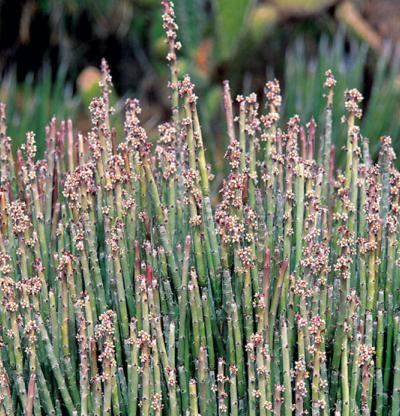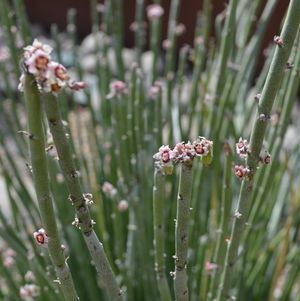Scientific name Euphorbia antisyphilitica Rank Species | Genus Euphorbia Higher classification Spurges | |
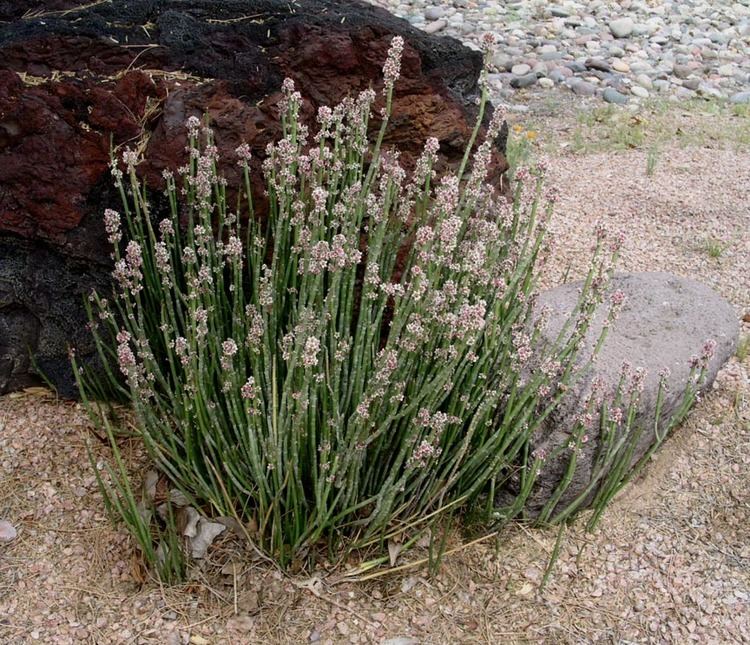 | ||
Similar Copernicia prunifera, Spurges, Copernicia, Ricinus, Vitellaria | ||
Euphorbia antisyphilitica is a species of spurge that is native to the Trans-Pecos of Texas and southern New Mexico in the United States as well as Chihuahua, Coahuila, Hidalgo, and Querétaro in Mexico. Common names include candelilla and wax plant, but the latter is more often applied to members of the unrelated genus Hoya. It is shrubby and has densely clustered, erect, essentially leafless stems that are covered in wax to prevent transpiration.
Contents
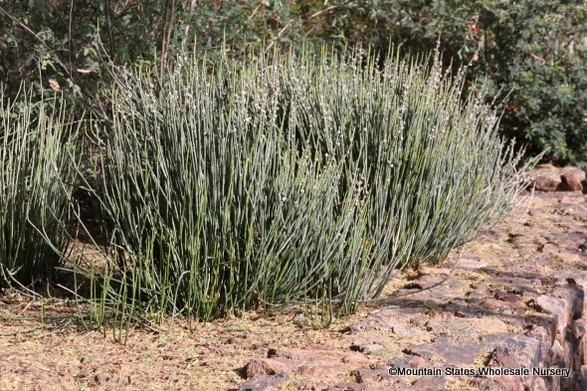
Uses

The white sap of E. antisyphilitica was historically used in Mexico to treat sexually-transmitted diseases. Commercial harvesting of candelilla wax began at the start of the twentieth century, with demand greatly increasing during World War I and II. This industry largely disappeared following the end of World War II due to diminished candelilla populations and the availability of cheaper petroleum-based waxes. Later on however, new uses were found for the wax mainly in the cosmetic and food Industries, and it is still being produced in northern Mexico and exported to other countries. See the candelilla wax article.
Cultivation
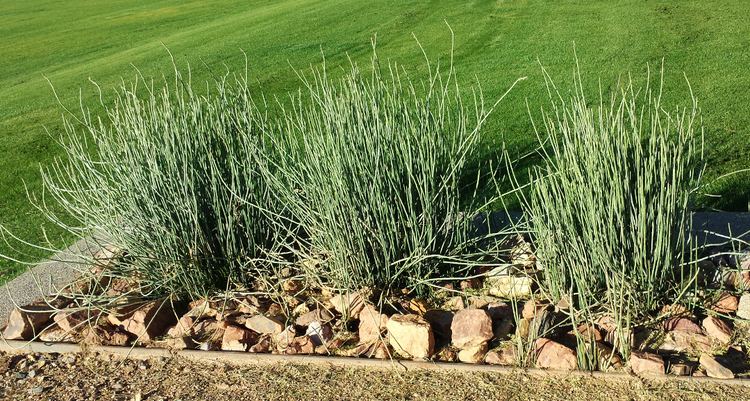
Candelilla is gaining in popularity as a landscape plant in parts of the arid southwest. It is popular for the following reasons:
